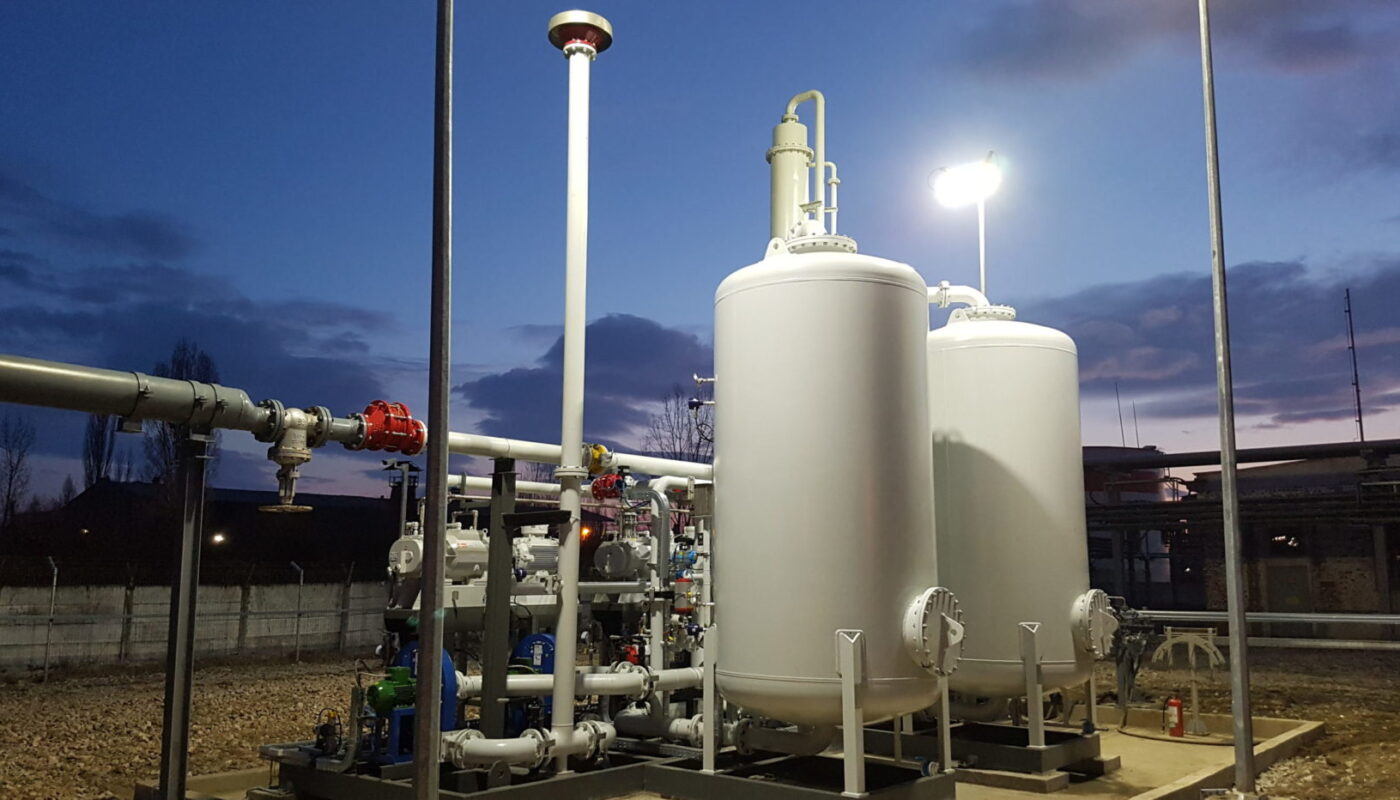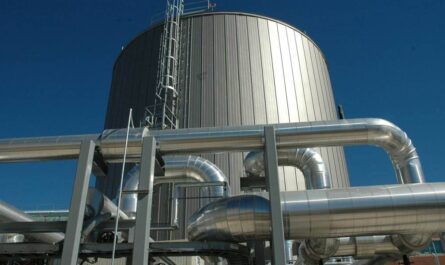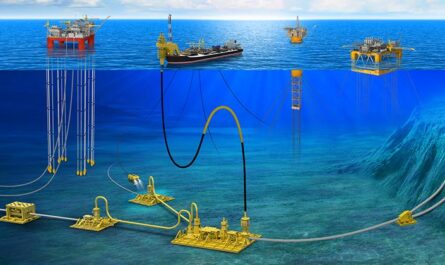Vapor recovery units (VRUs) play a crucial role in reducing air pollution caused due to gasoline vapors emitted during the transfer, storage, and dispensing of petroleum products like gasoline. In this article, we will discuss in detail what vapor recovery units are, how they work, various types of VRU systems, their importance and benefits. The article aims to create awareness about these systems which help curb environmental pollution to a great extent.
What are Vapor Recovery Units?
A vapor recovery unit (VRU) is a system that captures displaced vapors during the transfer or processing of gasoline or other volatile organic liquids. When liquid petroleum products like gasoline are transferred from tanker trucks to storage tanks, the pressure in the tank increases and forces hydrocarbon vapors back into the tanker truck or vapor collection system. VRUs effectively capture these displaced vapors and return them to the delivery vessel or route them to a vapor processing system.
In simple terms, a vapor recovery unit is a pollution control equipment that prevents hydrocarbon emissions from escaping into the atmosphere during the filling, loading, and unloading of storage vessels or transports. It collects hydrocarbon vapors that would otherwise be released into the air and transfers them via a pipeline into the tank being filled. Typical applications of VRU systems include gasoline stations, bulk storage terminals, petroleum refineries and tank farms.
How do Vapor Recovery Units work?
There are two primary methods employed by Vapor Recovery Units to capture and transport hydrocarbon vapors – passive systems and active systems.
Passive Vapor Recovery Systems: These systems rely on vapor pressure and liquid displacement to transfer hydrocarbon vapors without using blowers, fans or compressors. As liquid is delivered into a tank, the displaced vapor rises and flows into the delivery vessel via passive vapor pipes and hoses. Examples include Stage I and Stage II systems commonly seen at gasoline dispensing stations.
Active Vapor Recovery Systems: These systems utilize fans, blowers or vacuum pumps to transfer vapors from the storage tank back to the delivery vessel or into a vapor processing unit. While more complex than passive systems, active VRUs can transfer vapors over longer distances and varying site conditions. Examples are seen in bulk terminals that load fuel into tanker trucks from large above-ground storage tanks.
Types of Vapor Recovery Units
Stage I Vapor Recovery: Used at gasoline storage and loading facilities to capture displaced vapors during the transfer of fuel from tanker trucks to underground storage tanks.
Stage II Vapor Recovery: Installled at gasoline dispensing stations to capture hydrocarbon emissions emitted during vehicle refueling, routing them back to the storage tank.
Condensed Liquid Vapor Recovery: Used where vapors are compressed and condensed into a liquid state before further handling.
Activated Carbon Adsorption: This type utilizes activated carbon to adsorb hydrocarbon vapors which are later processed to remove the captured emissions. Often used in combination with combustion systems.
Thermal Oxidation: These VRU systems combust captured hydrocarbon vapors in an enclosed chamber at high temperatures, converting them into carbon dioxide and water vapor.
Benefits of Vapor Recovery Units
Protects the Environment: By capturing up to 95% of hydrocarbon vapors, VRUs significantly curb air pollution and reduce VOC emissions that contribute to smog and health issues.
Complies with Regulations: Vapor recovery is mandated nationally to control air pollution from gasoline. Properly installed and maintained VRU systems help facilities stay compliant.
Reduces Product Loss: Capturing vapors ensures that valuable liquid petroleum products are not lost to evaporation. This benefits bulk suppliers and petroleum industry owners.
Improves Workplace Safety: Minimizing vapors in air reduces fire and explosion risks for employees handling volatile fuel transfer operations.
Economical Operation: While investment costs may be high, the return on investment is quick since recovered vapors can be sold. This makes vapor recovery a cost-effective solution over time.
The Need for Effective Vapor Recovery
With growing environmental awareness worldwide and stringent emission standards put in place by governments across the globe, controlling air pollution from volatile organic compounds (VOCs) has become a priority. The petroleum industry, a major source of these emissions, relies heavily on vapor recovery technology to curb its carbon footprint.
Proper installation, operation and maintenance of vapor recovery units is essential to realize their full pollution control potential. VRUs need to be routinely inspected, tested and certified to ensure vapors are captured effectively without leaks. Facility operators also require specialized training to handle these systems safely and derive maximum benefits.



